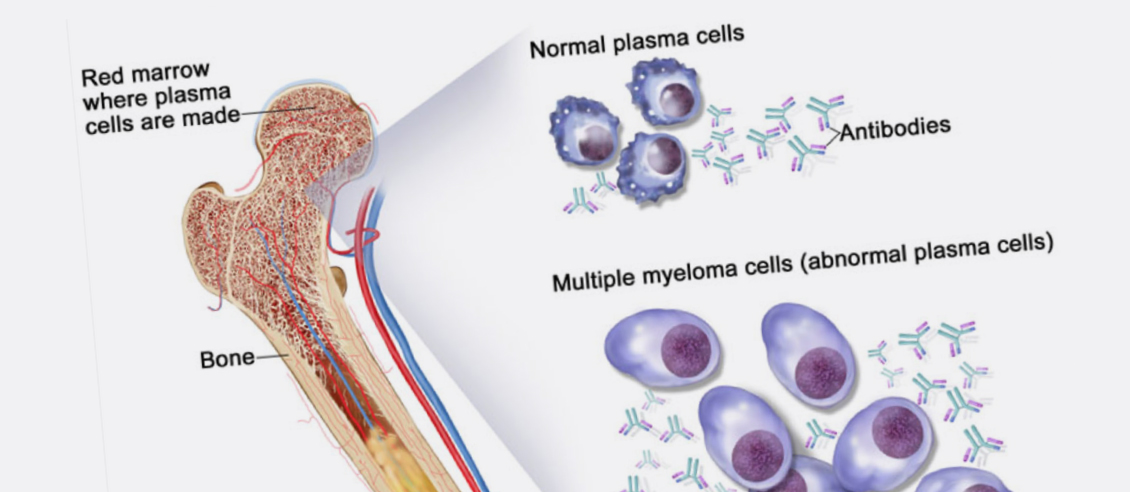A New Hope for Myeloma

Multiple myeloma is a plasma cell neoplasm (abnormal growth of plasma cells) that still has no cure and carries with it substantial morbidity and mortality. The first major advance in treatment was the introduction of autologous stem cell transplants. This was followed by the introduction of novel agents known as “IMIDs” (thalidomide and lenalidomide) and then protease inhibitors. In recent years monoclonal antibodies and histone deacetylating agents have also been introduced into the treatment regimen.
A recent study (Jama Oncology May 16 2018) highlighted that the incidence and death rates from myeloma are highest in Australasia, North America and Western Europe. Incident cases of myeloma have more than doubled from 1990 – 2016 by 126%. An ageing population only contributed 53% of this increase. There are no known strong risk factors for myeloma but if researchers can focus on areas with more rapidly growing rates, they can try to uncover predisposing risk factors. Our only hope is more effective treatments or better yet a cure.
In May 2019, Snowdome in conjunction with the Leukemia & Lymphoma Society is funding a world-class translational research program grant to uncover more information on myeloma. It is hoped that one day these pieces of the puzzle can be put together to find a cure for myeloma.
